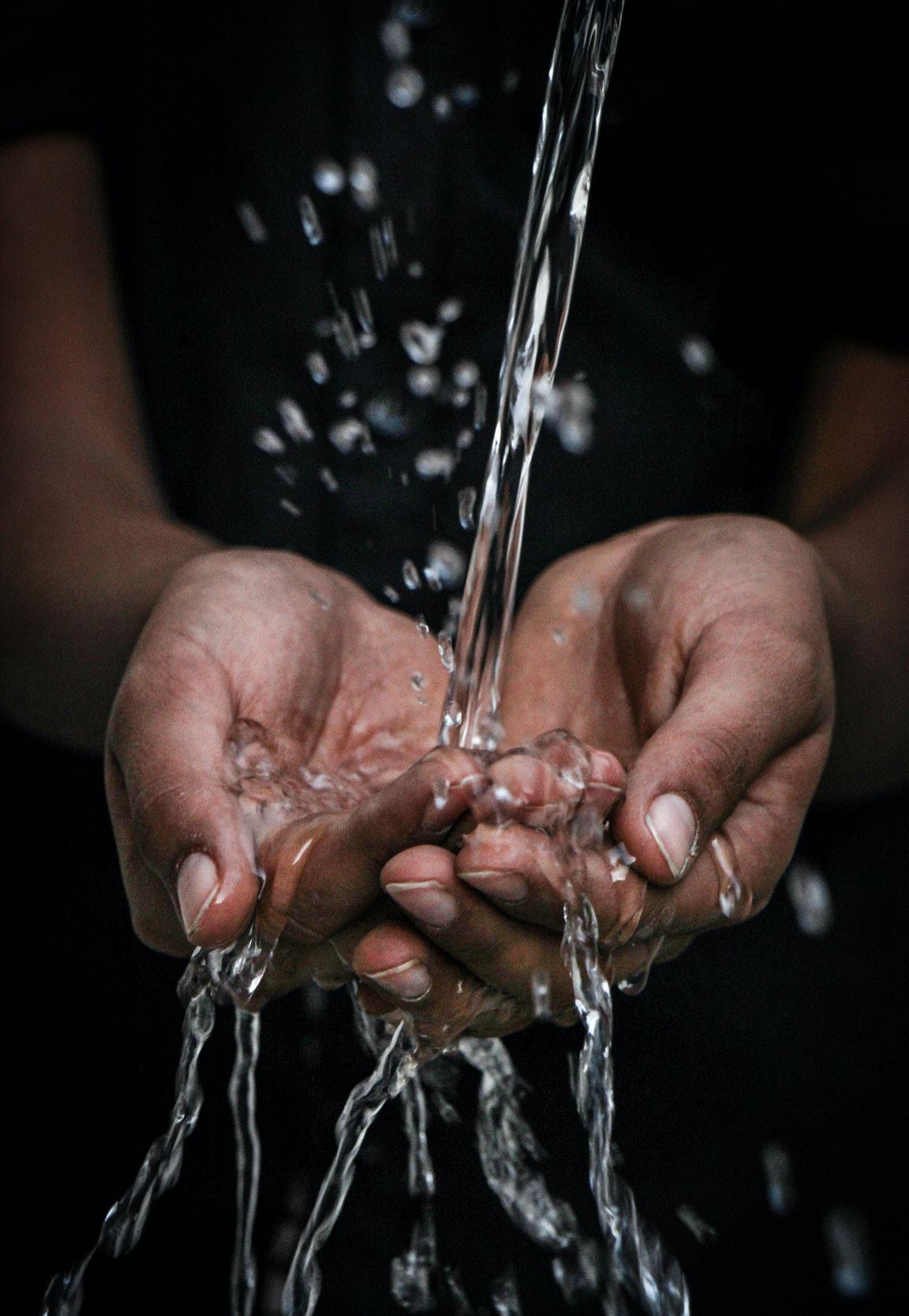
2 minute read
Direct Potable Reuse: Water Reclamation for a Dry City
In a city like Windhoek, with a history of water scarcity that dates back almost a century, it should come as no surprise that potable water has been a cause for concern for the authorities for many years.
The first challenges were recorded by the mid-1950s, when, thanks to a booming population, the supply from springs and wells that invited the initial settlers started to dry up. To make matters worse, the closest perennial river from which water could be tapped was more than 800 km away; and when rain fell – infrequent, sparse and swiftly soakedup through evaporation – only about 1% of it actually reached the groundwater (as is still the case today). Available alternatives were costly, resources scarce, and not much else was left to do but to recycle what was already in use – the sewage water.
Thus the search for a suitable solution began, and in 1968, after several years of research, development and pilot projects, Windhoek became the first place in the world to repurpose household sewage for drinking water. In the year following its launch, the city’s Direct Potable Reuse (DPR) plant was producing between 15 and 25% of all drinking water, and in the early 80s, when it was officially declassified as a ‘research facility’, DPR water had become a household brand.
Over the coming decades, each major drought saw another expansion of the Goreangab Water Reclamation Plant, as it had become publicly known, first in 1982/83, then in 1996/97, and again in 2014-16. Today, while residents largely rely on boreholes and dams (all drying up faster than ever before), about 30-35% of drinking water is supplied through DPR, serving Windhoek with 21,000 cubic metres per day.
But, how does it work? Upgraded to the latest technology in 2002, the Goreangab DPR plant operates through a multibarrier approach, which involves a 10-step separation and filtration process, including sending the wastewater through flotation ponds and aeration tanks, ozone treatment, ultra membrane filtration and residual chlorination to ensure elimination of micro-pollutants, pathogens and contaminants. Before it ends up in the taps, it goes through one last safety measure, which entails being blended with natural freshwater to provide an adequate dilution for safe drinking water.
While Windhoek is luckily no longer the only place on the planet with DPR (Singapore has since caught on to the trend, so have cities in America, Malaysia and South Africa), head of the water department at the City of Windhoek, Pierre van Rensburg, encourages others to consider this method for preserving resources. “The Goreangab plant has become an international benchmark, an innovative and sustainable water management model… And if in the future the climate becomes even drier, recycling water will be even more important… This exigent example of what is possible through the application of innovative technical solutions certainly warrants a closer look.”
For more information about the Goreangab DPR plant, visit www.wingoc.com.na.
Marita van Rooyen










